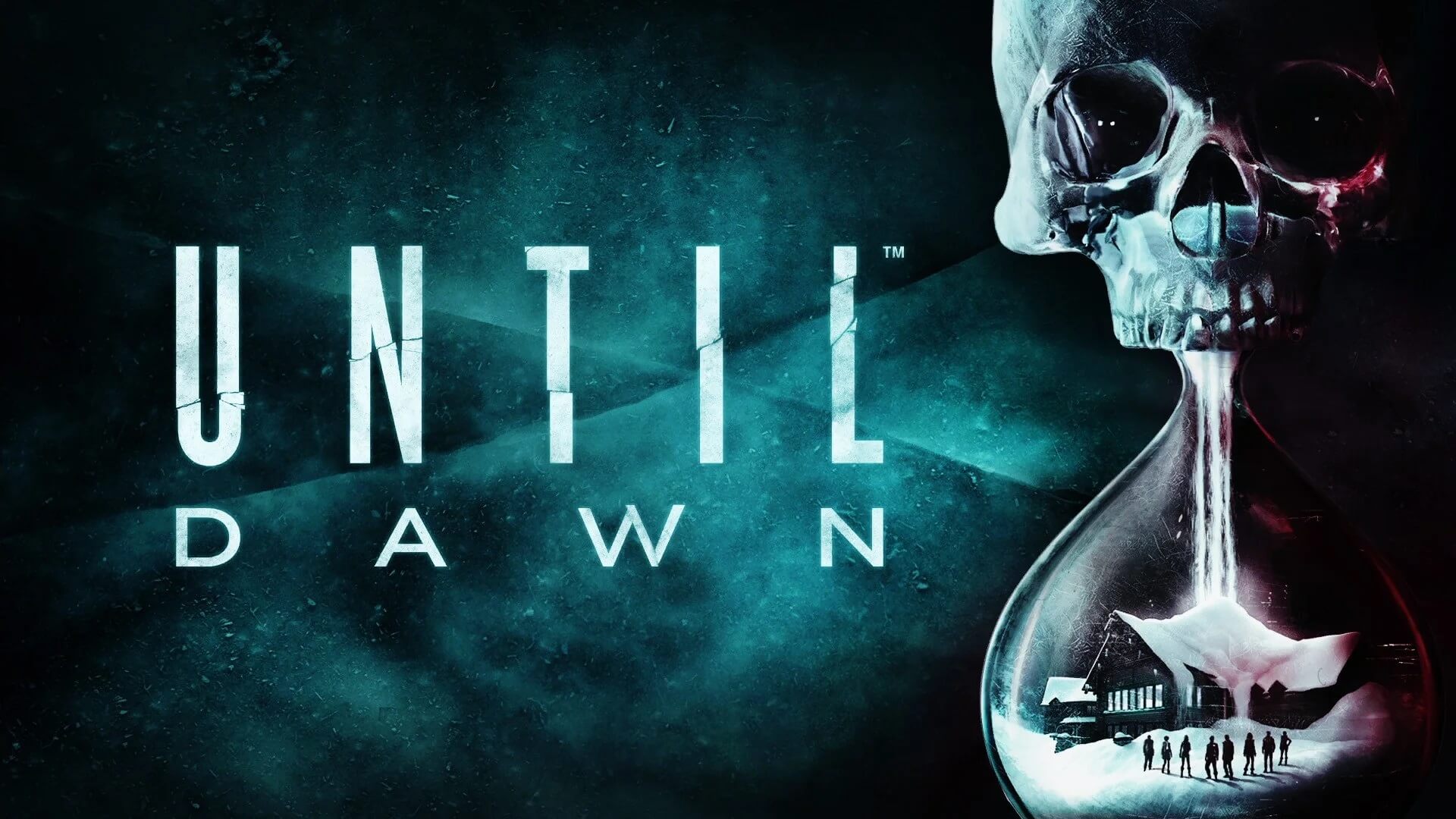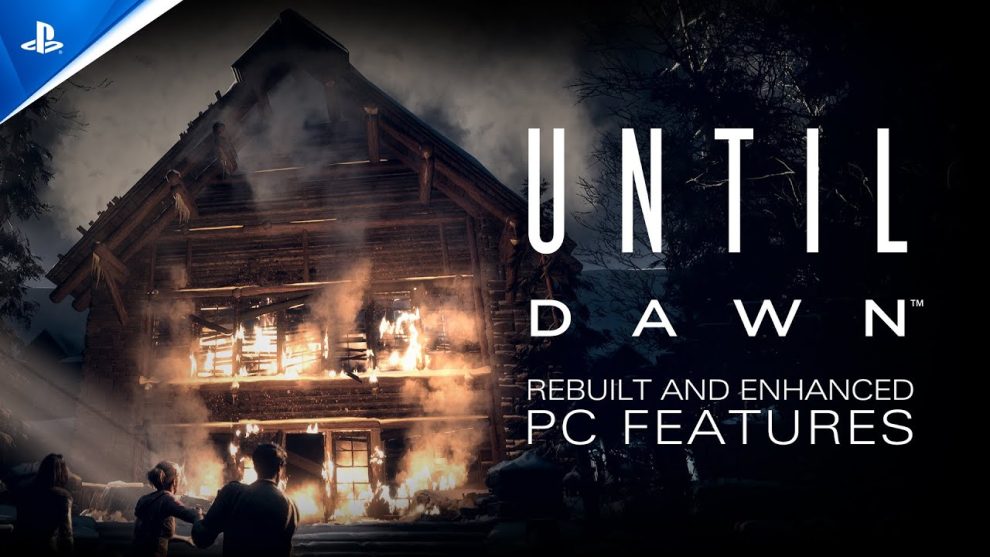The highly anticipated PC remake of “Until Dawn” has launched with significant technical issues. Players report broken ray tracing functionality and complete failure of AMD’s FSR 3 upscaling technology, casting a shadow over what was expected to be a graphical showcase for the beloved title.
The excitement surrounding the “Until Dawn” PC remake quickly turned to frustration as players discovered that one of its most touted features – ray tracing – appears to be non-functional. Reports from multiple users indicate that enabling ray tracing produces no visible improvement in image quality, a stark contrast to the pre-release marketing promises.
John Martinez, a veteran PC gamer who eagerly awaited the remake, expressed his disappointment: “I’ve been looking forward to seeing ‘Until Dawn’ with all the bells and whistles of modern PC graphics. But when I turned on ray tracing, it was like flipping a switch that did nothing. The game looks exactly the same.
To verify these claims, our team conducted side-by-side comparisons of the game with ray tracing enabled and disabled. The results were startling – no discernible difference could be observed between the two settings.

AMD Users Left in the Dark
Adding to the technical woes, AMD graphics card users face an additional hurdle. The game’s implementation of AMD’s FSR 3 (FidelityFX Super Resolution 3) appears to be completely non-functional. This issue is particularly frustrating given that the game’s system requirements explicitly listed FSR 3 support.
Sarah Chen, a software engineer and AMD user, shared her experience: “I was really looking forward to using FSR 3 to boost performance on my system. It’s incredibly disappointing to find out it doesn’t work at all. It feels like AMD users are being left out in the cold.
Interestingly, NVIDIA’s competing DLSS (Deep Learning Super Sampling) technology seems to be working as intended, creating a disparity in the experience between users of different graphics card brands.
The prevalence of these issues has led many to speculate that the PC port of “Until Dawn” was rushed to market. Industry analyst Mark Thompson weighed in on the situation: “Given the pedigree of the developers involved and the anticipation surrounding this release, it’s surprising to see such fundamental features not working correctly. It suggests there may have been pressure to release the game before it was fully ready.”
Ballistic Moon, the studio behind the remake, has yet to officially comment on these issues. However, sources close to the development team, speaking on condition of anonymity, hinted at a troubled development process. There were concerns about meeting the release date while implementing all the promised features,” one source revealed. “It seems those concerns were well-founded.”
Community Response and Workarounds
The PC gaming community, known for its resourcefulness, has already begun seeking workarounds for these issues. Online forums are buzzing with discussions and potential fixes.
Reddit user PCMasterRace2024 shared a potential solution for AMD users: “I’ve found that using older drivers sometimes helps with FSR issues. It’s not ideal, but it might be worth a try while we wait for an official fix.”
Meanwhile, ray tracing enthusiasts are left with few options. Some have resorted to using ReShade, a post-processing injector, to approximate the visual enhancements that ray tracing should have provided.
Lisa Wong, a modder known for her graphical enhancement projects, offered her perspective: “It’s a shame we have to resort to third-party tools to get the visual experience we were promised. Hopefully, the developers will address these issues soon, but in the meantime, the modding community will do what we can to improve the situation.”
As news of these issues spreads, all eyes are on Ballistic Moon and their response to the situation. The studio’s handling of these problems could have far-reaching implications for their reputation and future projects.
David Johnson, a game industry consultant, provided insight into the potential fallout: “How Ballistic Moon addresses these issues will be crucial. A swift response with clear communication and a solid patch could go a long way in rebuilding trust with the PC gaming community.”
The situation also raises questions about the broader issue of PC ports and their quality at launch. With an increasing number of console exclusives making their way to PC, the “Until Dawn” remake’s troubles serve as a cautionary tale about the importance of thorough testing and optimization.
The PC remake of “Until Dawn” was meant to showcase the game in its best light, leveraging the power of modern PC hardware. Instead, it has become a cautionary tale about the risks of rushed development and the importance of meeting player expectations, especially when it comes to heavily marketed features like ray tracing and upscaling technologies.
As players await official word from Ballistic Moon, the future of “Until Dawn” on PC remains uncertain. Will patches bring the promised visual enhancements, or will players be left in the dark? Only time will tell if this dawn will truly break for PC gamers.
















Add Comment